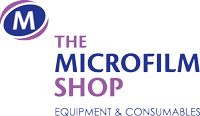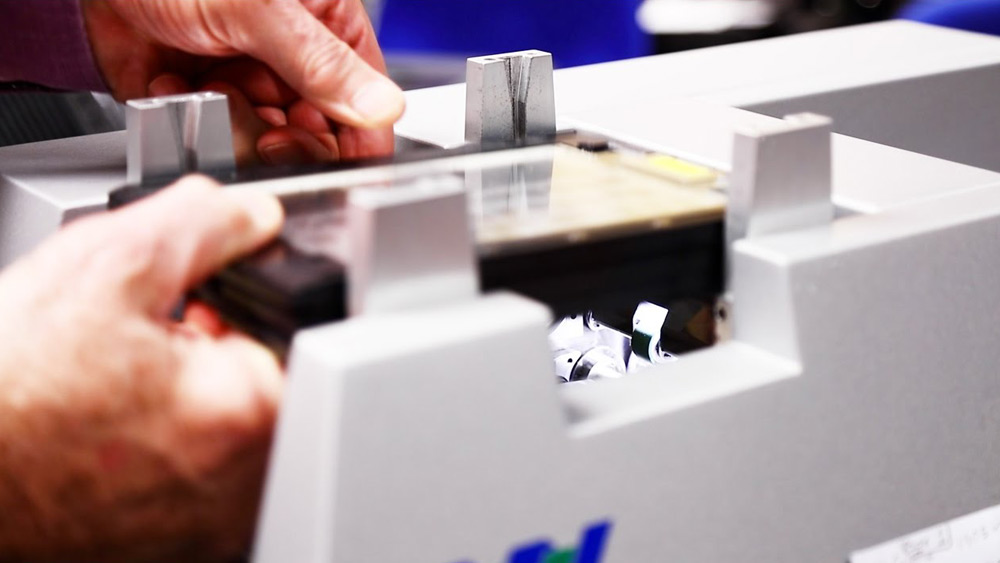There are huge quantities of microfilm material in the archives of organisations and institutions in…
Agincourt Revisited
“We’ve been beaten by a handful of guys with flying pointy sticks?”
It wouldn’t surprise me if that was the thought going through every French mind in 1415 – “… and they were bloody English!”
Imagine the embarrassment. You have got an army 5 or 6 times the size of the enemy, you have the very latest technology in terms of shiny armour, cross bows and cavalry, you have home advantage, the enemy are weary and exhausted and they are dirty English peasants! What more could you want, it should have been a walk in the park for the French.
However despite all of the perceived advantages, they were not properly organised; they had more Chiefs than Indians; their leaders were arrogant; their troops became easily confused as to what was the battle plan; they got bogged down in the mud when they crowded each other and they had no direction. Most importantly, the enemy had a weapon that actually worked even though it was a bit primitive and dated. The English Long Bow unleashed unfashionable flying pointy sticks. It doesn’t sound a great threat but you try pulling one of those things out of the back of your head!
It can never be pleasant for any supposedly superior side to be beaten so soundly but it is just a fact of life. It has happened many times in the past and I am sure it will happen many times in the future. In fact it has just happened again in our very own industry (you see there was a tentative link after all!). On March 14th 2001 the Battle of Archiving was finally won by the small and weary Microfilm army. The signs had always been good with a host of successful skirmishes leading up to the final victory:
State of Michigan makes it law that any government information that needs to be kept for longer than 10 years must have one copy stored in an analogue format i.e. paper or film.
Both the US 2000 and the UK 2001 census do a U-turn on the storage media to be used for all census forms. Both will now download all of the scanned images to microfilm via Kodak ArchiveWriters as the most cost effective and safe method for long term storage. The American National Archives (NARA) and John Carlin (Archivist of the United States) endorsed this policy. Since then both the Australian and Philippine governments have decided to go the same way.
The Singapore government announces its new strategy for all digital information created by any government agency. If this digital information is to be kept for the long term then the relevant digital files must be written to microfilm. Currently they estimate that approximately 5% of all Singapore government digital files will be archived this way. Just imagine how much microfilm would be used if 5% of all worldwide digital information went the same way?
However the event that finally secured victory took place on March 14th 2001. This was the day that Kodak announced a partnership with Lockheed Martin to market complete digital preservation systems capable of storing and retrieving digital or paper based records using analogue (microfilm) media.
Candy Obourn, President of Document Imaging, Kodak said “When records are captured and stored, the technology used must guarantee these facts remain unaltered and accessible for generations, free of glitches associated with migration from one system to another. Based on analogue media (microfilm), Kodak’s systems guarantee access in a human readable form … and are not subject to technology obsolescence”.
Terry Drabant, President of Lockheed Martin Mission Systems added the agreement “merges our skills to provide powerful archival systems. The combination of technologies opens up better alternatives for the capture and retention of critical data in the federal market.” (Courtesy of Micrographics + Hybrid Imaging Systems Newsletter April 2001). In the same article Kodak go on to promote what it calls “Infoimaging” – a $225 billion industry – “Image capture, distribution, archiving and output offer limitless opportunities for any company that delivers value through the marriage of information and images”.
In other words Kodak have decided that not only does microfilm win the long-term digital archive debate but, more importantly, they think that it is actually commercially viable. As a result they are investing millions of dollars of marketing and development money in it. Even more important than Kodak’s realisation is that Lockheed Martin shares the same view and they are not even a microfilm company! Even though Kodak have been the glory boys and girls in all of this by striking the killer blow, they are certainly not the only ones who should be praised. Credit must go to Mitch Badler of the Micrographics Newsletter as well as Tim Nixon of The Micrographics Marketplace for constantly banging the drum. Russ Burkel (our Henry V in this story?) was the man that turned the US Census back to microfilm – he has also played an important part in the Film based Imaging Association, as have all the committee members. Russ will also wow and amaze the industry in the next 12 months with some of the projects he is working on at the moment. Also to be thanked are all the trade/bureaux who stuck to the faith and played their vitally important role by telling the market that microfilm was the answer for true and proper archiving along with all the customers who also knew it made sense. I would also like to think that The Microfilm Shop played it’s own small part along with the dozens of others who I do not have space to mention.
As in all good victories the vanguard is now swarming onto the battlefield and making merry. Microbox have just launched the Polycom, which is a 35mm version of the ArchiveWriter. Imation are returning (although I have been assured by my South African friend that they are just refocusing!) to the industry by distributing the Polycom throughout the majority of Europe and having a marvellous new marketing policy based around microfilm. Canon is just about to launch the new DR-5060F, which is a 50 page per minute scanner/microfilmer that retails in the States for only $20,000. Fuji is rumoured to be bringing out an equivalent to the ArchiveWriter. German GID (NCR of old) have been and will continue to heavily push conventional COM archiving (watch them closely). All it needs is for Anacomp to reorganise and concentrate on what makes them money and the victory will be complete.
The rout has started, grab your flying pointy sticks and have some fun.
In all seriousness I must make it quite clear that I am not knocking the digital industry, the digital industry will continue to grow at a far superior pace to the microfilm industry. Digital information is excellent for the distribution and indexing of information, it constantly updates itself, there are hundreds of different formats to suit all tastes and there are new entrants to the industry every month (and leavers). That, my friends, is also why there will always be a microfilm industry.
Vive Le Pointy Sticks!



